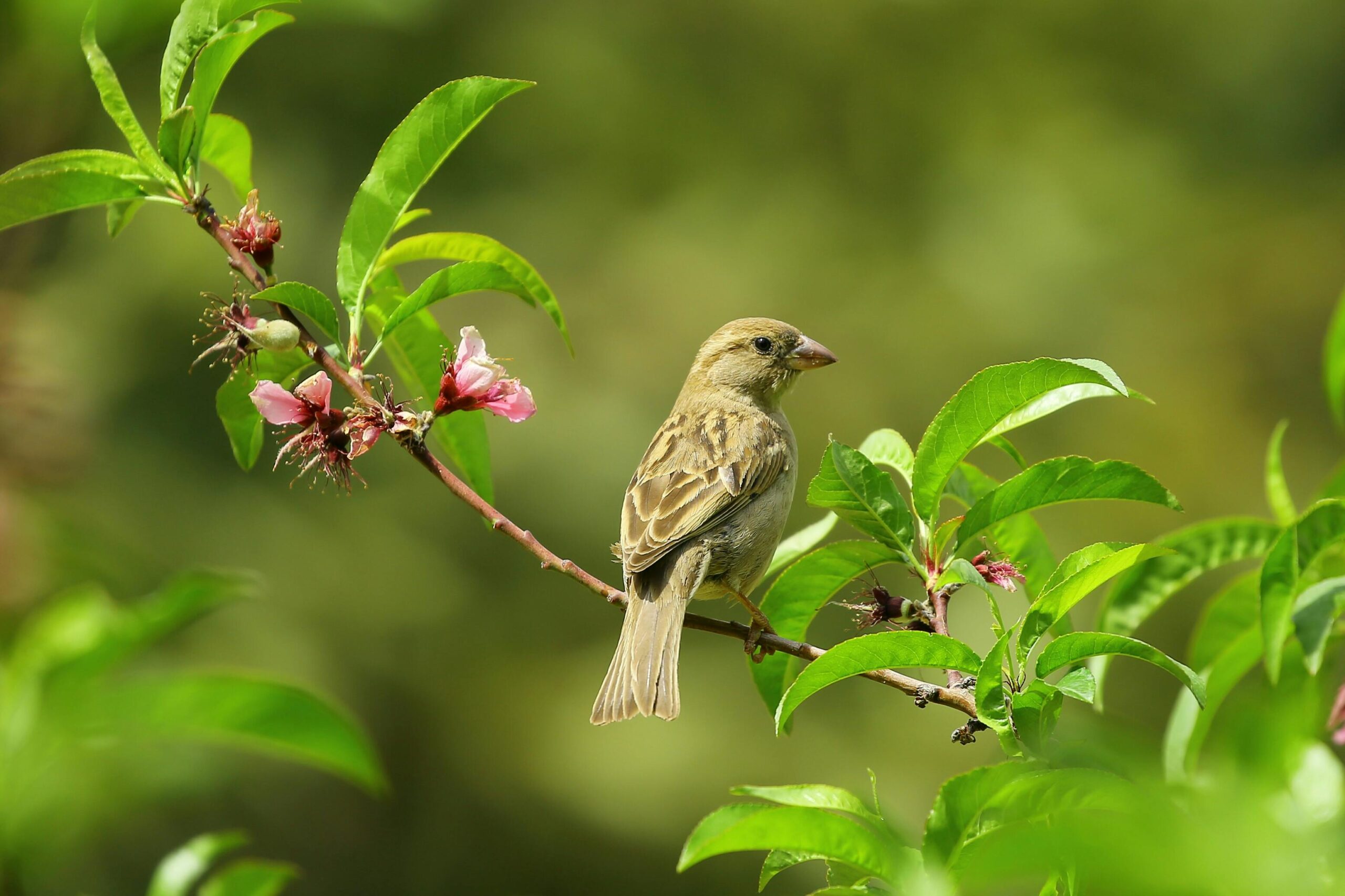Instead of mowing, trimming, or paving every inch of your yard, garden, or balcony, leave a small corner to grow naturally. Let wildflowers, native grasses, and insects reclaim it — no pesticides or constant upkeep needed. This small choice supports SDG 15: Life on Land by restoring micro-habitats and boosting local biodiversity.
Why It Matters
- Around 1 million species of plants and animals are currently threatened with extinction — many due to habitat loss and ecosystem degradation. (Source: Nature’s Dangerous Decline ‘Unprecedented’, United Nations / UNEP) (Source: UNEP – UN Environment Programme)
- Allowing lawns to include patches of long grass or mini-meadows creates habitat opportunities for pollinators, moths, and other insects, rather than sterile “ecological deserts.” (Source: Lawn and mini-meadow habitats, Royal Horticultural Society) (Source: RHS)
- A study of “mini-meadows” found that sown areas supported 111% more bumblebees, 87% more solitary bees, and 85% more solitary wasps compared to control plots within a year. (Source: Sown mini-meadows increase pollinator diversity in gardens, Journal of Insect Conservation) (Source: SpringerLink)
- Soil areas left unmown or under natural vegetation help accumulate soil organic carbon, contributing to climate mitigation and improved soil health (i.e. smoother water infiltration and nutrient retention). (General principle from FAO soil carbon and ecosystem services literature) (Source: unfoundation.org)
The Impact
When you let a patch of land “go wild,” nature takes small but meaningful steps toward recovery. Over time, insects, wildflowers, and wildlife return. Your wild corner becomes a living refuge that, when combined with others nearby, helps stitch together fragmented habitats. Instead of seeing your land as a chore, you become part of a quiet, cumulative movement of regeneration — where many small patches aggregate into strong, connected ecological networks.
Caution
- Watch for invasive species: Some aggressive non-native plants may dominate. Monitor and remove invasive plants if they take over.
- Define its border: Maintain edges (mowed or trimmed boundaries) so the wild area doesn’t spread undesirably into gardens or neighbors’ areas.
- Safety in your region: If your area has ticks, snakes, or other hazards, take protective measures (gloves, closed shoes) when inspecting or entering the patch.
- Avoid chemical drift: Don’t use pesticides or allow runoff from adjacent areas to affect your wild patch, as chemicals can degrade habitat quality.
How to Start (Today)
- Pick a small spot — garden corner, balcony pot, verge strip, fence line.
- Stop mowing, trimming, or spraying it regularly.
- If soil is bare, sprinkle a mix of native wildflower seeds (local species).
- Add simple habitat bits: a shallow water dish, some leaf litter, twigs, or logs.
- Watch — visit regularly to see which plants and insects return (great for mindfulness too).
Bottom Line
Letting just one small corner of your yard go wild is a quiet but powerful act of restoration.
In doing so, you support pollinators, improve soil health, help reverse biodiversity loss, and bring life back into your own space.
These micro-refuges, when multiplied, help us get closer to SDG 15: Life on Land — one wild corner at a time.




